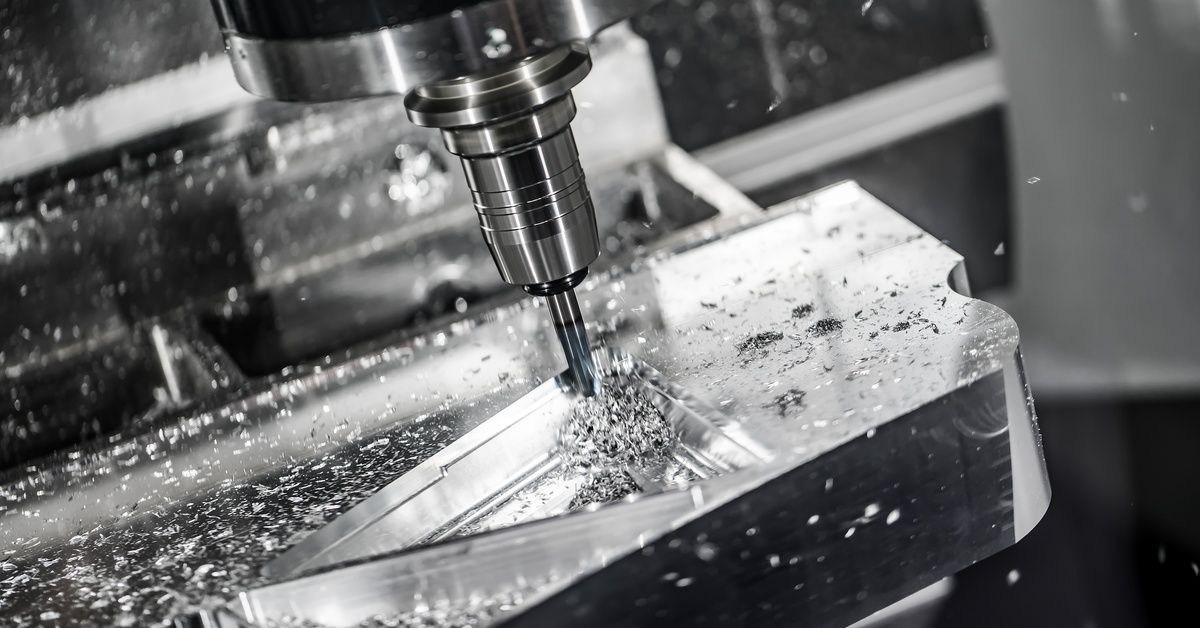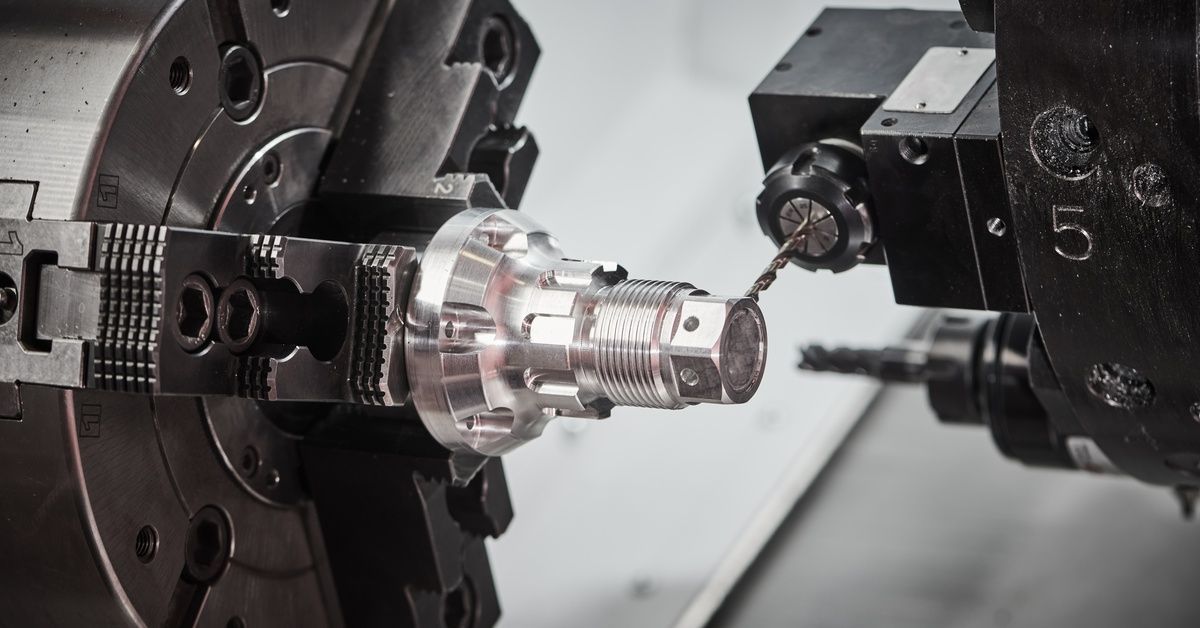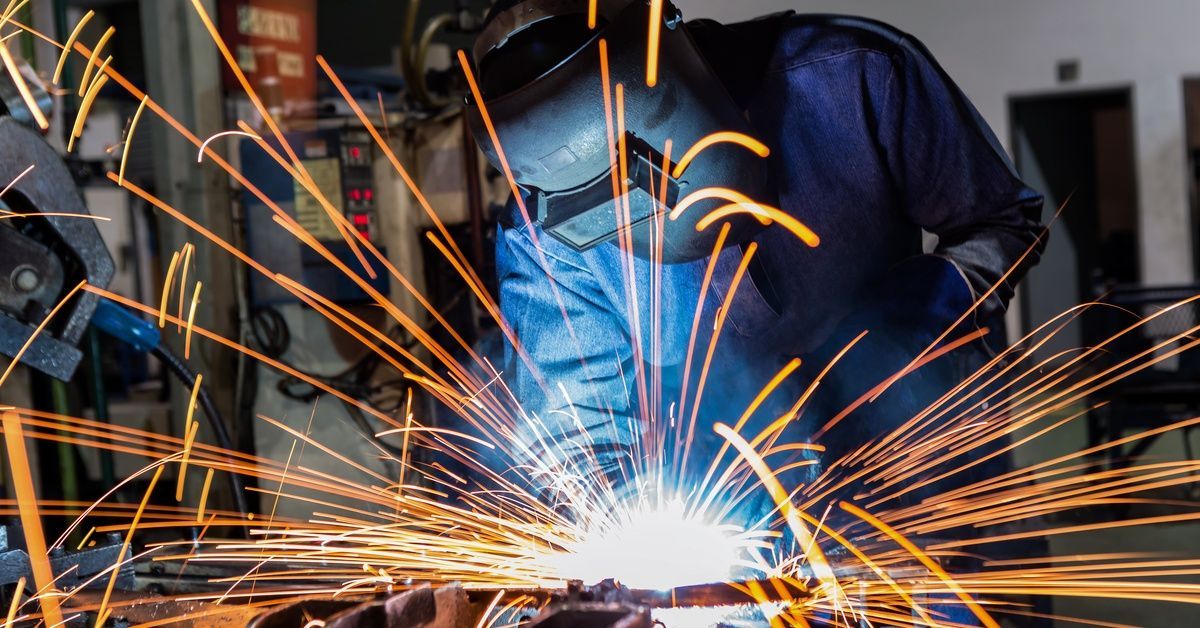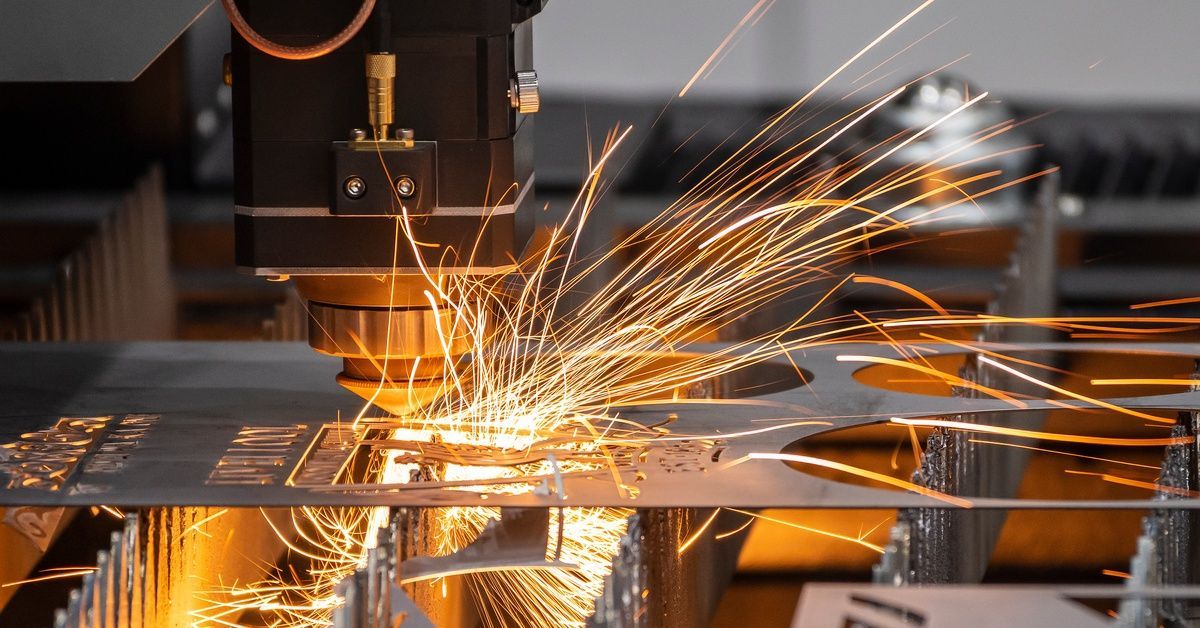Ways To Reduce Lead Times for Metal Fabrication
In manufacturing, lead times can make or break a project's success. For industries relying on metal fabrication, longer processes often translate to delays, increased costs, and missed opportunities.
But what if you could significantly shorten these lead times, making your operations more efficient and competitive? This blog post dives into practical ways to reduce lead times for metal fabrication, ensuring your business stays ahead of the curve.
Understanding the Critical Role of Lead Times in Metal Fabrication
Lead times impact everything from production schedules to customer satisfaction. This is a big deal since the timely delivery of fabricated metal parts is crucial for various industries, including automotive, aerospace, construction, and consumer goods. Delayed projects, lost revenue, and strained relationships with clients make it harder for companies to achieve sustained growth, limiting their operational capacity.
In contrast, businesses that can reduce lead times gain a competitive edge. Faster turnaround times mean quicker project completions, the ability to take on more work, and enhanced credibility in the market.
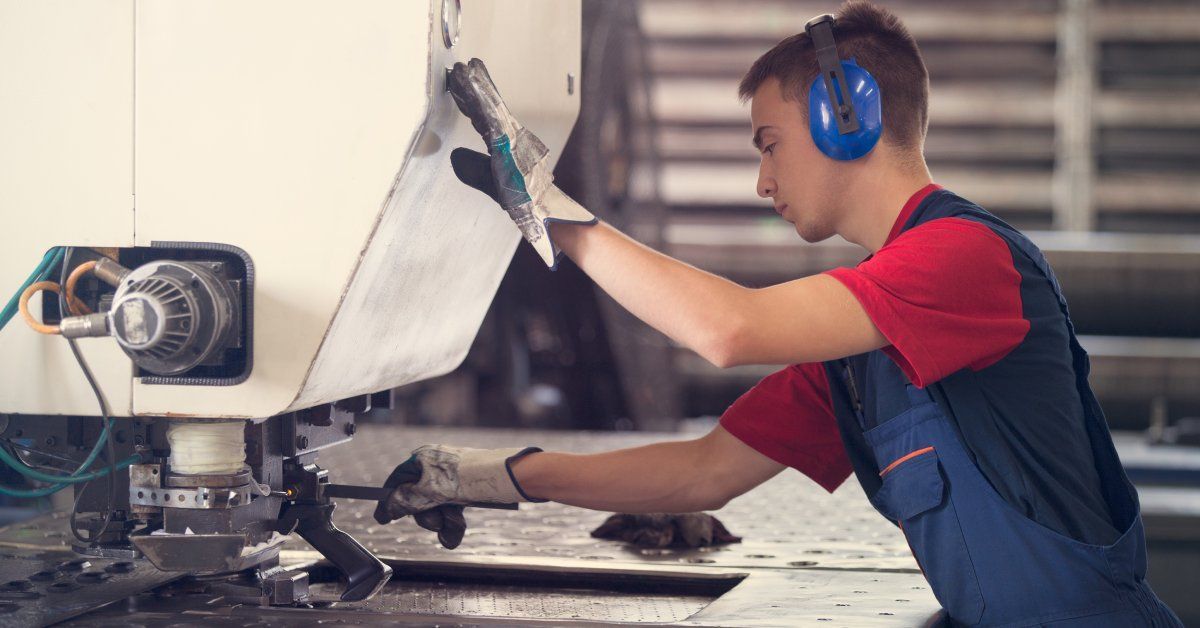
Common Challenges in Reducing Lead Times
Supply Chain Complexity
Managing a complex supply chain is a common challenge faced by metal fabrication companies. Delays in raw material procurement, coordination with multiple suppliers, and logistical issues can all contribute to extended lead times. Efficient supply chain management is crucial to prevent bottlenecks and ensure timely production.
Resource Allocation and Capacity Constraints
Limited resources and capacity can restrict a company's ability to reduce lead times. Problems often relate back to the availability of skilled labor, machinery, and technology. Deciding how best to allocate these resources often requires careful planning and prioritization to meet demands without overextending the production capacity.
Customization and Design Changes
Customization is a key selling point in metal fabrication, but it can also significantly extend lead times. Frequent design changes or custom orders necessitate alterations in production processes and can lead to increased complexity, potentially affecting the timeline for delivery.
Quality Control Demands
Maintaining high-quality standards is essential in metal fabrication. However, rigorous quality control processes can add to the lead time if not integrated efficiently. Balancing speed and quality assurance without compromising either is a persistent challenge for fabricators.
Adapting to Market Changes
Staying responsive to market changes is crucial for metal fabrication businesses looking to reduce lead times. Fluctuations in market demand, shifts in customer preferences, and changes in global economic trends can all have a direct impact on production schedules and supply chains. Companies that can quickly adapt to these changes maintain an edge over their competitors.
Strategies for Reducing Lead Times in Metal Fabrication
Streamline Supply Chain Processes
By optimizing supply chain operations, companies can reduce delays caused by procurement and logistics issues. They can do this by establishing closer relationships with suppliers to secure more reliable material sourcing or employing technology for better inventory management.
Invest in Advanced Technology
Adopting modern machinery and automation can significantly boost production efficiency. Automated systems and cutting-edge technology help accelerate processes, improve precision, and ensure consistent quality, thereby reducing lead times.
Enhance Workforce Training
Improved training programs for employees can lead to better resource management and operational efficiency. Skilled workers are more adept at managing complex tasks, troubleshooting issues quickly, and maximizing the utility of available technology.
Implement Lean Manufacturing Techniques
Lean manufacturing focuses on minimizing waste while optimizing productivity. Reducing unnecessary steps in fabrication, improving workflow, and promoting continuous improvement can lead to shorter lead times.
Adopt Agile Project Management
Utilizing agile methodologies can help manage changes more swiftly, allowing for quick reallocation of resources and dynamic adaptations to project requirements. This flexibility aids in meeting deadlines more effectively.
Focus on Preventive Maintenance
Regular maintenance of machinery prevents unexpected breakdowns and production delays. By scheduling routine checks and repairs, companies can ensure their equipment is always in optimal condition, reducing downtime and lead times.
Strengthen Communication and Collaboration
Facilitating better communication channels between departments and external partners can streamline project workflows. Clear, open lines of communication aid in swiftly addressing issues and coordinating efforts, which is crucial for timely project completion.
Build Strategic Partnerships
Forming strategic partnerships with suppliers, distributors, and even complementary businesses can have a significant impact on reducing lead times in metal fabrication. By collaborating closely with suppliers, you can secure priority access to raw materials, which can drastically cut down on procurement delays.
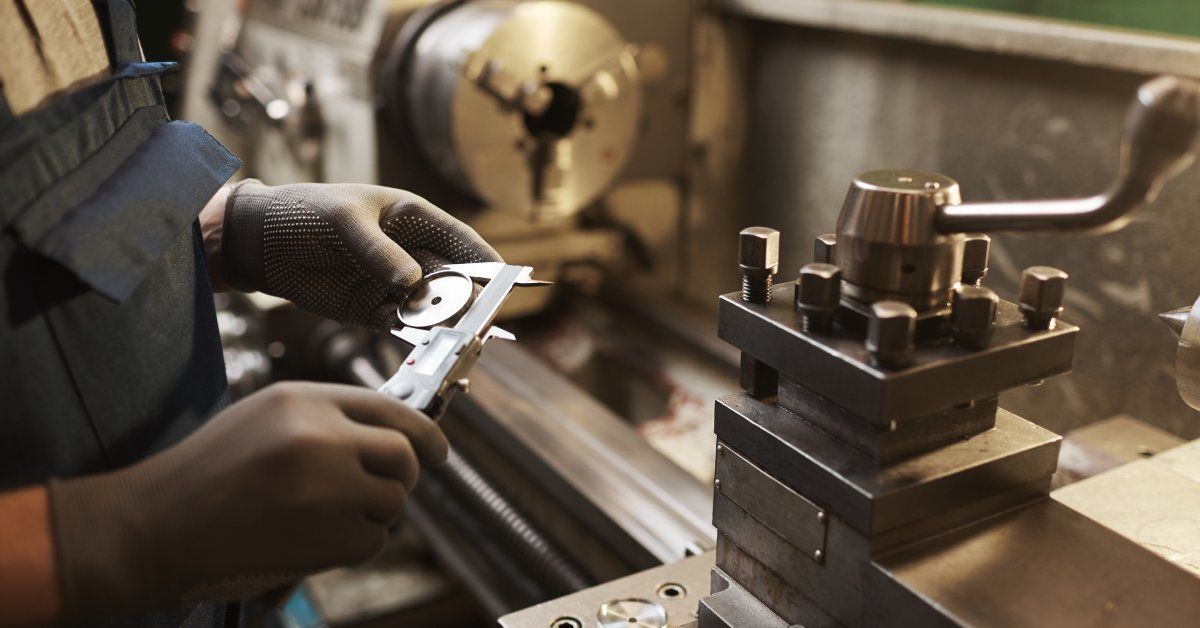
The Impact of Reduced Lead Times on Operations
Improved Operational Efficiency
Reducing lead times can significantly enhance operational efficiency. With shorter lead times, production schedules become more predictable, allowing for better planning and resource allocation. This improved efficiency translates into fewer bottlenecks and smoother workflow, enabling fabricators to handle increased workloads without compromising on quality or timelines.
Enhanced Customer Satisfaction
Reduced lead times directly contribute to higher customer satisfaction. Consistently meeting delivery schedules helps build trust and reliability, fostering stronger relationships with clients. Satisfied customers are more likely to provide repeat business and refer new clients, ultimately boosting the company's reputation and market position.
Increased Financial Performance
Shorter lead times can lead to improved financial outcomes for metal fabrication companies. By accelerating project completions, businesses can increase their throughput, thus generating more revenue within the same time frame. Additionally, reduced lead times can lower the costs associated with extended production cycles, such as storage and inventory holding costs.
How Advances in Metal Fabrication Can Reduce Lead Times
Utilization of Artificial Intelligence and Machine Learning
The integration of AI and machine learning in metal fabrication processes can dramatically reduce lead times by optimizing production schedules and predicting equipment maintenance needs. These technologies can analyze large datasets to identify patterns and inefficiencies, enabling companies to streamline operations and enhance overall productivity.
Implementation of Additive Manufacturing
Additive manufacturing, commonly known as 3D printing, allows for rapid prototyping and production of complex metal parts with minimal material waste. By adopting this technology, companies can significantly shorten the time from design to production, bypassing many traditional manufacturing processes.
Integration of the Internet of Things (IoT)
IoT enables real-time monitoring of manufacturing equipment and processes through interconnected devices and sensors. This technology provides valuable insights into machine performance and production parameters, helping identify areas for improvement immediately. Leveraging IoT enables metal fabricators to enhance preventive maintenance strategies, optimize energy consumption, and improve supply chain management, all contributing to reduced lead times.
Adoption of Advanced Robotics
Advanced robotics and automated systems can revolutionize metal fabrication by performing repetitive tasks with high precision and speed. With robotic assistance, companies can enhance labor productivity and minimize human error, leading to more consistent and efficient production. The integration of robotics in metal fabrication also allows for round-the-clock operations, further reducing lead times and increasing the capability to meet tight deadlines.
Embracing Cloud-Based Collaboration Tools
Utilizing cloud-based collaboration tools facilitates better coordination among project teams, suppliers, and clients. These tools enable real-time data sharing and communication, making it easier to manage complex projects and make informed decisions quickly. Such enhanced collaboration improves the ability to address design changes, manage resources effectively, and keep production on track, further contributing to shortened lead times in metal fabrication.
Stay Proactive and Improve Your Lead Times
Reducing lead times in metal fabrication is about creating a more efficient, competitive, and customer-focused operation. With these best practices in mind, businesses can achieve significant lead time reductions. Being proactive is the best way to stay ahead in an increasingly competitive market.
Are you in need of custom metal fabrication services that can help you bring down your lead times? At James Manufacturing, we understand the challenges of metal fabrication inside and out. With us as your partner, you can gain a competitive edge and improve the quality of your products.

